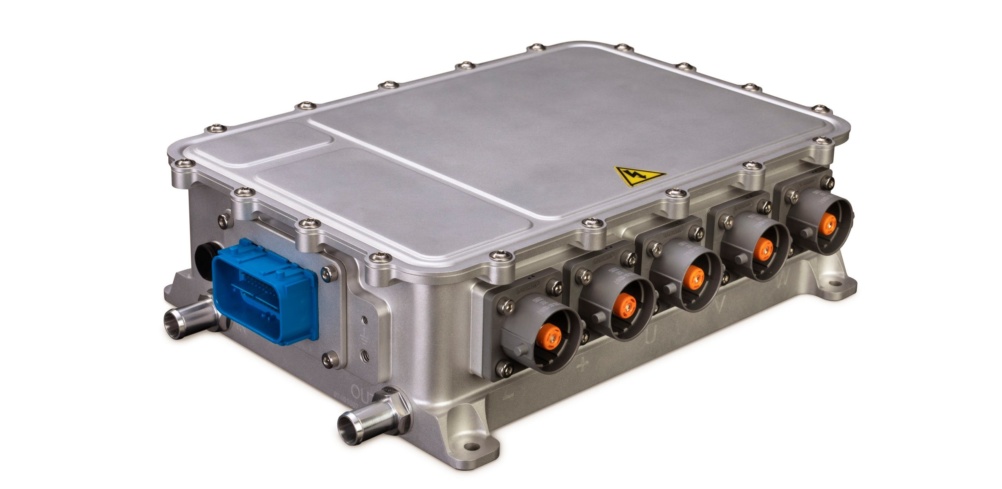McLaren Applied debuts IPG5 800V SiC inverter
McLaren Applied is today launching its Inverter Platform Generation 5 (IPG5) 800V Silicon Carbide inverter at the Future Propulsion Conference 2022.


The IPG5 inverter supports ultra-fast charging for EVs and aims to deliver ‘class-leading powertrain efficiency’, the Woking-based company said in a statement announcing its public debut. McLaren Applied is now supplying production intent design hardware to customers and partners for continued development and testing.
Dr Stephen Lambert, head of electrification at McLaren Applied told The Engineer that the company believes the inverter is becoming the key component within an electric vehicle drivetrain, with much of the focus previously being on the battery as the ‘low hanging fruit’ for development.
“If you design the inverter right, you can optimise your motor to be more efficient and it also becomes the key integration point of the drivetrain — so it’s responsible for all of the functional safety integration on the vehicle,” Lambert said.
IPG5 can power electric motors to over 350kW peak, 250kW continuous, at a weight and volume of 5.5kg and 3.79L respectively. The inverter was designed for automotive applications, including direct drive, that are capable of operating high-speed motors efficiently and adhere to ISO 26262 ASIL-D standards.
Register now to continue reading
Thanks for visiting The Engineer. You’ve now reached your monthly limit of news stories. Register for free to unlock unlimited access to all of our news coverage, as well as premium content including opinion, in-depth features and special reports.
Benefits of registering
-
In-depth insights and coverage of key emerging trends
-
Unrestricted access to special reports throughout the year
-
Daily technology news delivered straight to your inbox










Water Sector Talent Exodus Could Cripple The Sector
Maybe if things are essential for the running of a country and we want to pay a fair price we should be running these utilities on a not for profit...